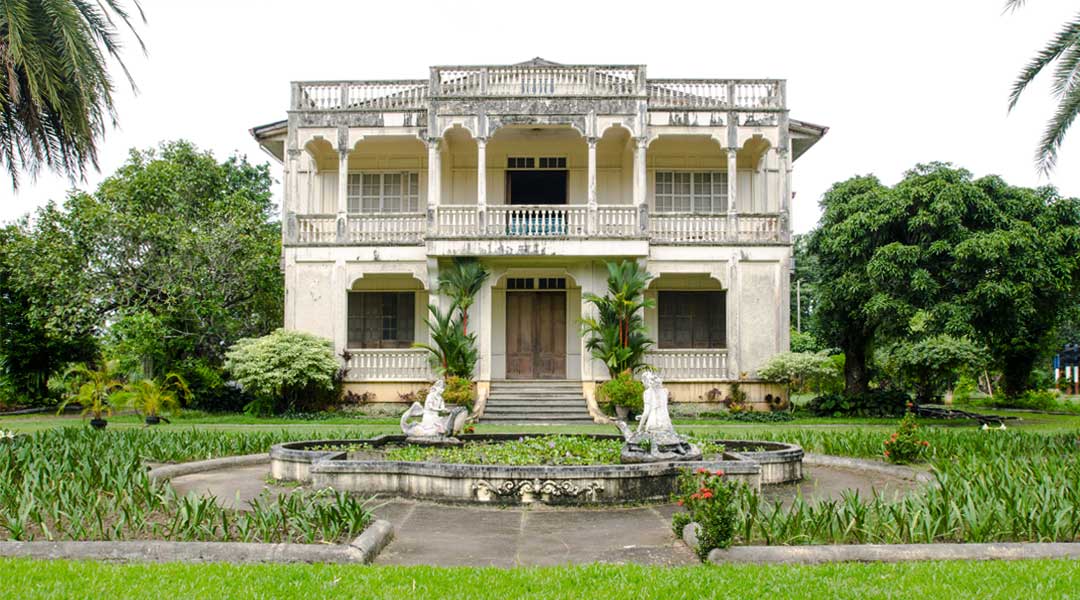
Bacolod’s Gaston Ancestral House is glorious in reel and real life
Filipino film buffs would recognize this stately manor at first glance: it is one of the main settings in the 1982 Peque Gallaga film Oro, Plata, Mata (Gold, Silver, Death), a tale that used setting as a major plot element. The house so enamored Gallaga (who is also a native of Negros) that he re-used it for another film, Sonata—a story that also used setting as a vital element in the narrative and in character development. The Jose Gaston residence in Hacienda Sta. Rosalia, as rendered by the award-winning filmmaker, had become a character in itself, inanimate yet very much alive.

Monsignor Guillermo Ma. Gaston, who resides in and takes care of Hacienda Sta. Rosalia, is proud to have his home immortalized in the reels, but he also intends for it to retain its glory in real: he and the rest of the surviving Gastons are currently working on having it recognized as a national cultural treasure by the National Historical Commission of the Philippines (NHCP). “We are hoping the process will be done by next year,” Msgr. Gaston says. Once it is bestowed the historical marker, the government will be obliged to protect it and maintain its original condition.
READ MORE: Sugarlandia Visita Iglesia: 5 Bacolod churches to visit this Holy Week
The Gaston ancestral house is located at the end of a long and winding dirt road in Manapla, about an hour’s drive from Bacolod City. It was built in 1935 by Msgr. Gaston’s father, Jose Gaston—a wealthy, American-educated politician and sugar baron who also owned property in Victorias, namely Hacienda San Jose and Hacienda Lourdes. Jose was also involved in the management of the Silay electric power plant and a bus firm called Visayan Rapid and Negros Transportation Company.
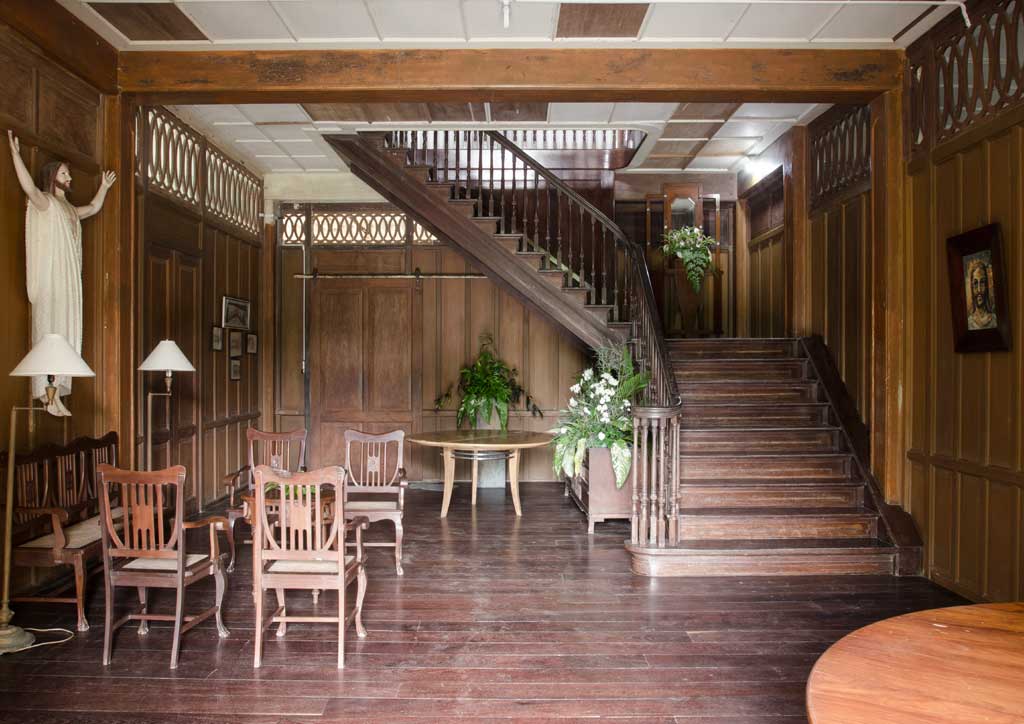
Jose is also the grandson of Frenchman Yves Leopold Germain Gaston, the pioneer of modern-day, industrial-scale sugar production in the Philippines. Trained in Mauritius and Bourbonne-les-Bains, Yves left Normandy, France to seek his fortunes in the Philippines, and he was commissioned by businessman Domingo Roxas to oversee a sugarcane mill and planting operation in Batangas.
When the venture failed, Yves set up his own mill in Negros; he discovered that the soil there is highly suitable for sugar cultivation, and this spurred the boom in sugar production in the region. Negros Occidental is now known as the Sugar Bowl of the Philippines, producing more than half the country’s sugar output.
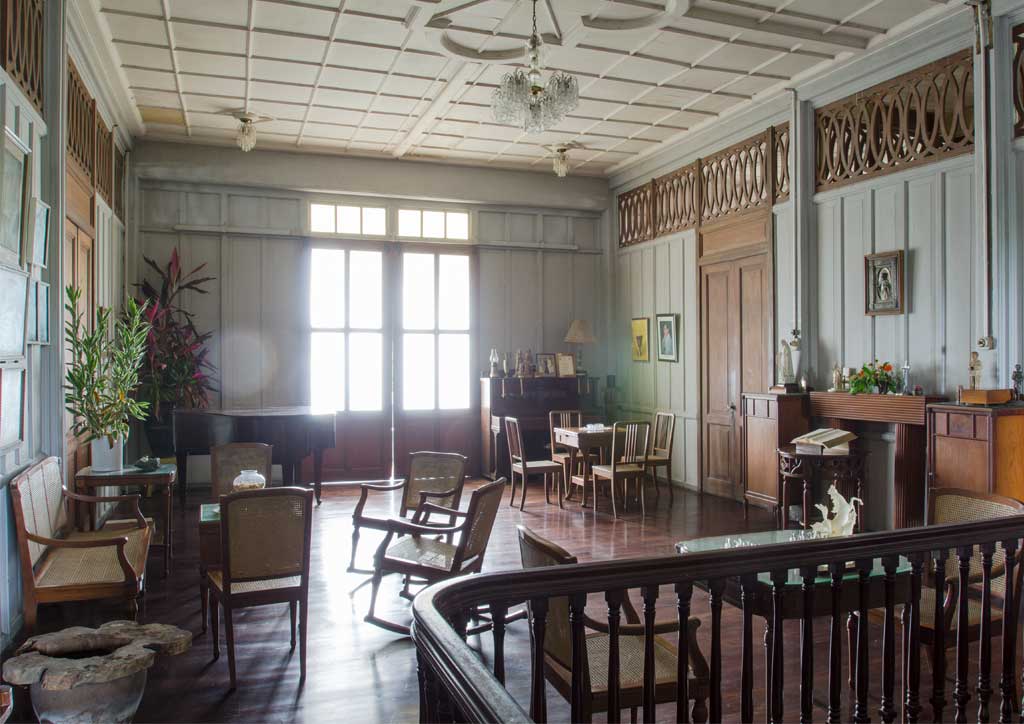
Jose, his wife Consuelo and their eight children lived a comfortable, quiet life in Manapla. “All of us were born here in this house,” Msgr. Gaston says. “We grew up here, and we really had a good childhood. We had no televisions back then, so we spent time playing Filipino games like patintero and tagu-taguan. We often went to the beach, which is just a few kilometers from here.”

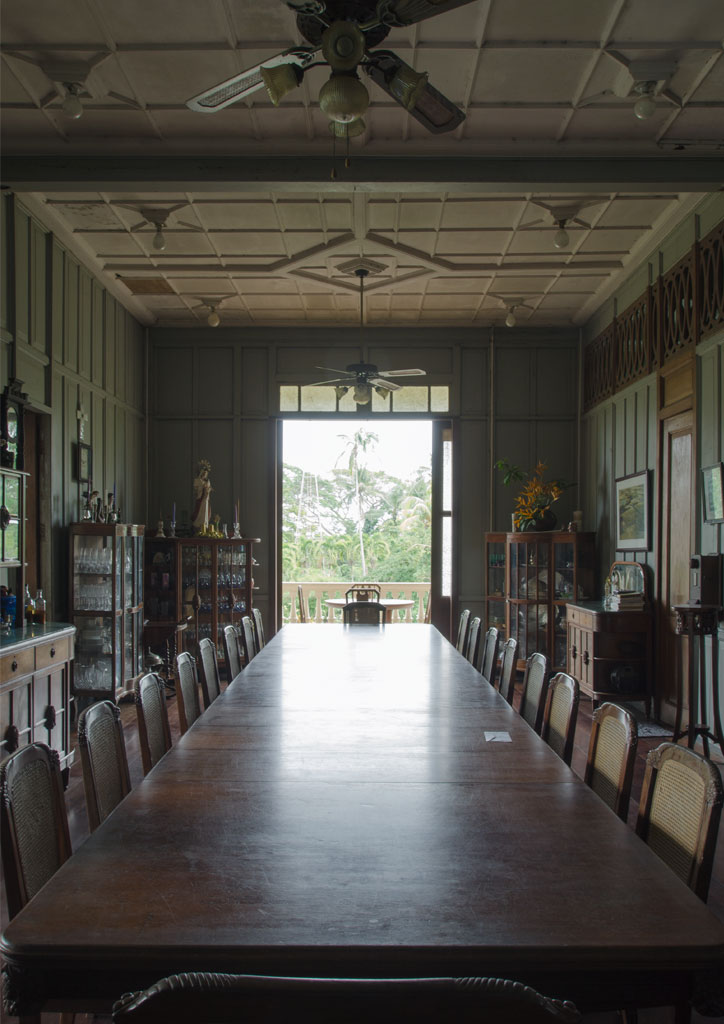
But in February 1942, at the outbreak of World War II, Jose decided to move his family to Hacienda San Jose in Victorias. A year later, the family was ambushed by guerrillas, driving them to seek refuge in Silay. Before the Americans arrived in Negros, they moved back to Manapla. His wartime correspondences and official memoranda from public officials, which the family managed to preserve, offered an alternative perspective to the oft-documented resistance movement during the Japanese occupation.
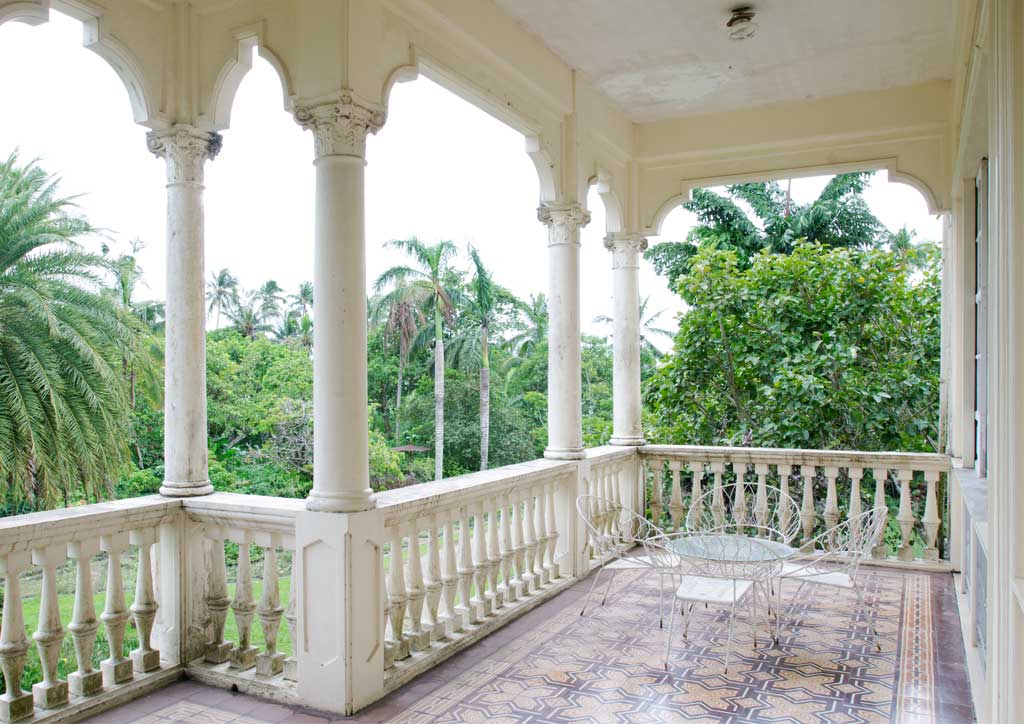
Jose worked closely with his architect, giving very specific instructions as to how he wanted the house to look, while his mother designed most of the furnishings. “Actually, the house was not finished all at once,” Msgr. Gaston says. “My father took his time building this house. He tended to take things slow.” He describes his father as one who went by the adage, “Build it once, build it right.” When asked about the particulars of why his father designed certain parts of the house that way, the monsignor simply said: “There are things we, his children, didn’t ask about anymore; we just enjoyed living.”
READ MORE: Fabian Tan modernizes an ancestral residence in KL

The Gaston ancestral house’s structure and exterior is colonial style, while the interiors are adorned with custom-made French Creole furniture adapted to suit the Filipino tropical climate. Everything, from the condition down to the arrangement of the furniture, silverware and ornamentation, has been kept as close to the original as possible. It has seven spacious balconies and large windows—attempts to bring the outside in, as the patriarch loved the outdoors.
In art as in life, the resilient Jose Gaston residence has seen the rise and fall of the lives of the gentry, and of changing political and economic tides. ![]()


